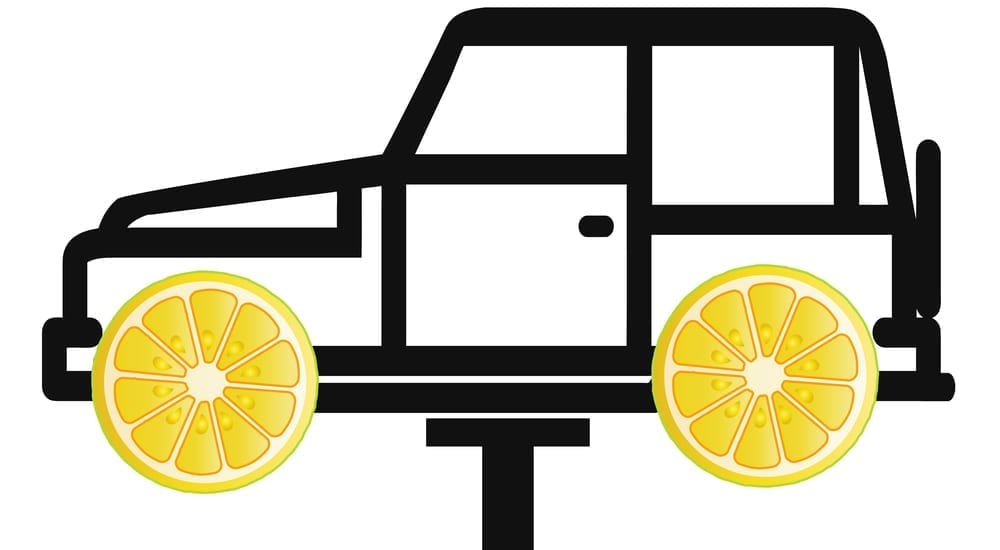Buying used cars in Cincinnati, Boston, New York? It doesn’t matter where, it is always a risky endeavor. On one hand, you have a possibility of saving a lot of money while getting more car and better features. On the other hand, however, you may discover the car has unexpected issues that come with it. Most of these cars have the potential to be a great purchase that will last you for many years into the future. That small risk of further complications, however, can be enough to deter even the most confident consumer.
While it is difficult to completely eliminate the possibility of buying something with problems, there are a few steps you can take to minimize that risk. First and foremost, you need to know what to look for when checking out used options in the first place. This requires a basic visual inspection process, taking the car out for a test drive, or getting it professionally inspected before you buy it. Once you buy the car, it is also helpful to know some of the more common issues that can arise with used vehicles. These are the same issues that start to come up after you have bought a new vehicle. As a result, knowing this list of issues will help you out no matter whether you buy new or used in the end.
Here’s a list of some of the most common problems you should expect with any used car you look at as your next major vehicle purchase.
Common Problems
A car is a machine that experiences a lot of wear and tear over the course of its lifetime. Depending on the age of a used vehicle, you should expect any number of common problems related to this wearing down of critical and common parts. The good news is most of these problems are easy to fix with a few simple replacements. Depending on the part itself and the number of issues, the price of replacements can be affordable with the right supplier and service.
One of the most common areas of everyday issues is with the engine and drivetrain. Small parts such as timing belts and chains, for example, are designed to wear out over time. Normally, these types of parts have an estimated lifespan expressed in miles. Some parts, such as oil and air filters, are usually replaced around the same time as a normal checkup.
The brakes are another area that requires some attention every now and then. Used vehicles, in particular, tend to come with lightly or heavily worn brake pads that may require replacing in the near future. This type of replacement will require professional service unless you have the necessary mechanical experience and equipment to get access to the brake pads underneath your car. Brake pads tend to last longer than other small parts around the vehicle but will show signs of wear early on.
Finally, if you’re looking at a newer used vehicle, be prepared to experience some electrical issues. Many modern cars have advanced electrical systems built right into the interior. Common systems include advanced safety features like forward collision detection, modern infotainment systems with an LCD panel, and even older features like power windows. A battery replacement is one of the most common things you’re likely to experience. Other, more severe issues can include problems with the wiring and controlling computers related to the complicated, automatic features.
Finding a used vehicle with a few common issues is not a major problem to deal with. In fact, it is quite common to find some set of issues with any used vehicle option. When you’re checking some used cars out, the most important thing is to know about these issues ahead of time if possible. With this knowledge, you’ll be able to decide whether the car is right for you or not.
More Expensive Issues
As a used vehicle gets up in age or gets more miles on its engine, more severe issues start to develop. Mechanically, these issues can be difficult to repair since they often require more costly replacements to major components in the engine and drivetrain. If the vehicle has more than 100,000 miles on it, it may have one or more of the following issues you will need to address in order to keep it driving safely.
The gearbox is one of the most common sources of major problems that can happen to a used vehicle. Both automatic and manual transmissions experience considerable wear and tear over time. Manual transmissions, in particular, can face even more abuse depending on the experience and driving style of the owner. People who don’t know how to properly use a manual transmission often wear down the gearbox and clutch more quickly than automatic transmissions. Repairs for the gearbox can be costly with a worst-case scenario of replacing the gearbox altogether.
Most cars will require a clutch replacement at some point. Once again, this will likely come down to the experience of the owner with driving manual transmissions. People who, don’t know how to shift properly tend to forget to disengage the clutch, causing it to rub down more quickly. Repairs for the clutch most often need a total replacement.
Finally, the engine itself can be a major source of headache and frustration when repairing any used vehicle. Small parts such as oil and air filters are designed to be replaced more easily than others. Depending on the design of the engine, other common repairs include replacing spark plugs, piston heads, timing belts, serpentine belts, and more. The design of the engine will largely influence how easy or difficult it is to reach these parts for replacement.
Worst-Case Issues
If you’re looking at a used vehicle that is considerably old and worn, you should start to expect some worst-case scenarios. Most often, these major issues require a partial or complete restoration of the vehicle to bring it back up to safe operation standards.
Body panels will begin to rust and wear down as the vehicle ages. Since most older vehicles were made of steel, it is quite common to find used cars and trucks with a lot of surface rust and faded paint. More problematic rust can occur within the body panel itself. If the hood, doors, trunk, roof, or other body panels have any major holes, they will require replacing or patching.
The frame and chassis of the vehicle also start to wear down. Steel frames are susceptible to rust where major damage can compromise the structural integrity of the vehicle itself. A more modern aluminum chassis will experience fatigue 15 to 30 years into its lifespan. The metal will become more malleable, brittle, and eventually fail. In both cases, major repairs or a complete chassis replacement may be required.
Taking The Plunge With A Used Vehicle
This list is a comprehensive view of the range of possible issues you may face with a used vehicle. While it may seem scary at first to think about all that can go wrong with a car, it is important to be aware of these potential issues, so you know what to do. You may decide to skip a used vehicle altogether and buy new or deal with future issues when they arise.
Proper car maintenance is important for the health and longevity of any vehicle. Knowing these issues will allow you to maintain the vehicle at a higher standard, putting off or preventing many of these issues altogether. If you don’t have a lot of experience working on your own vehicles, make sure to take your car into a certified professional at least once a year. They will be able to perform regular maintenance and check for signs of increasing wear and tear as the vehicle ages. This type of proactive action can help extend the life of the vehicle well beyond its intended lifespan.
With a little bit of effort, buying used cars can be a great option to consider if you have a limited budget or want more features and performance. Know what to expect ahead of time to give yourself the best chance of a happy ending.



